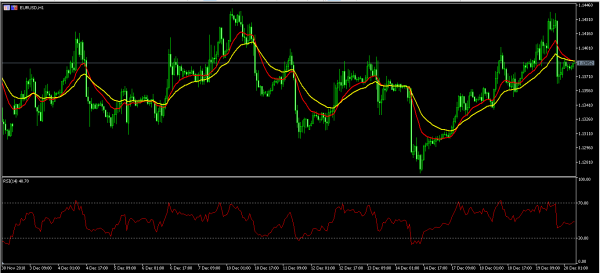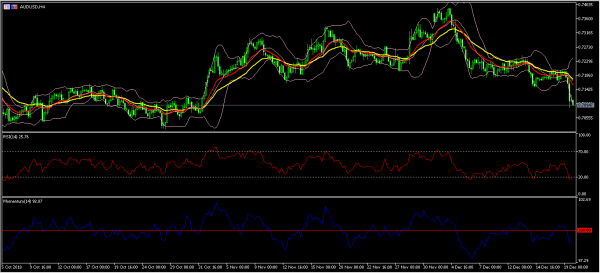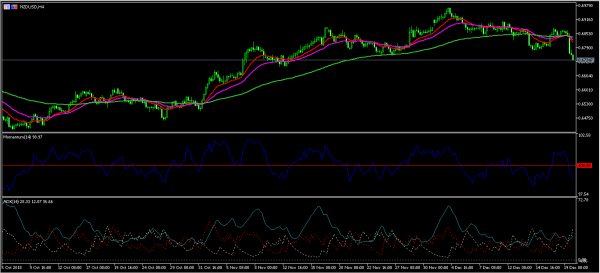The USD rose after the Federal Reserve followed through its previous guidance and hiked interest rates. This was the fourth rate hike this year and the ninth one since 2015. In the statement, the bank pointed to two more rate hikes in the coming year, down from the three it had planned before. The dovish hike was a way for the bank to strike a balance between its previous guidance and the realities of the current state of the economy. Over the past few months, the US President has asked the Fed not to hike rates.
The yen strengthened slightly against the USD in the Asian session after the Bank of Japan (BOJ) made its interest rates decision. The bank left interest rates unchanged at minus 0.1%. The rates have remained in the negative territory since 2015. The decision showed a divergence between Europe, United States, and Japan. This is because the US has been raising rates and the ECB has announced that it will end the quantitative easing program.
The NZD/USD pair declined sharply in overnight trading after the Fed decision. The declines accelerated after New Zealand released the quarterly GDP numbers. The numbers showed that the economy expanded at an annualized rate of 2.6% which was lower than the consensus estimate of 2.8%. On a quarterly basis, the economy rose by 0.3%. The Australian dollar followed a similar trend despite better employment numbers. While the unemployment rate climbed to 5.1%, the participation rate rose to 65.7% while the full employment numbers rose by 37K.
EUR/USD
The EUR/USD pair declined sharply in overnight trading after the Fed decision. The pair reached a low of 1.1365 before moving slightly higher to 1.1390. On the hourly chart, the pair’s price is below the 14-day and 28-day EMA while the RSI has declined to 48. With the Fed turning dovish, there is a likelihood that the pair will resume the previous upward trend.
AUD/USD
The AUD/USD pair accelerated the decline started in the first week of December when it reached a high of 0.7395. The pair reached a low of 0.7085, which is the lowest level since October. On the four-hour chart, the price is below the 28-day and 14-day EMA and along the lower band of the Bollinger Bands. The RSI has moved to the oversold territory while the momentum indicator has moved to below 100. The pair will likely continue moving downwards.
NZD/USD
The NZD/USD pair declined sharply after the GDP numbers from New Zealand. The pair reached a low of 0.6730, which is below the short-term and longer-term moving averages on the four-hour chart. The momentum indicator has declined sharply below the 100 level while the Average Directional Index (ADX) remains at 28, which is lower than the December high of 63. There is a likelihood that the pair will continue the downward trend before finding a bottom.















